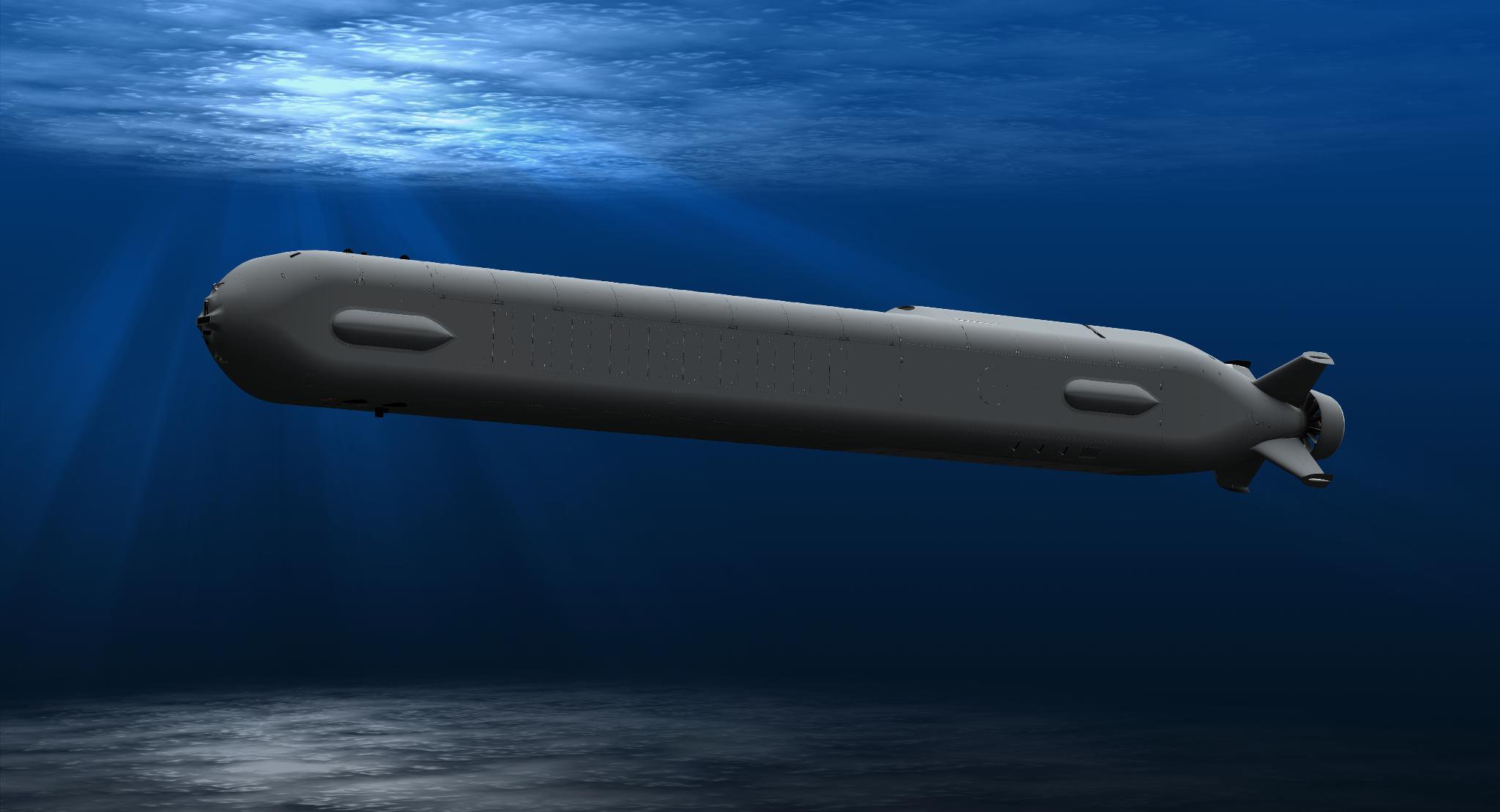
Report to Congress on Navy Large Unmanned Surface and Undersea Vehicles
The following is the July 28, 2020 Congressional Research Service Report, Navy Large Unmanned Surface and Undersea Vehicles: Background and…
Copyright 2024 U.S. Naval Institute. All Rights Reserved.